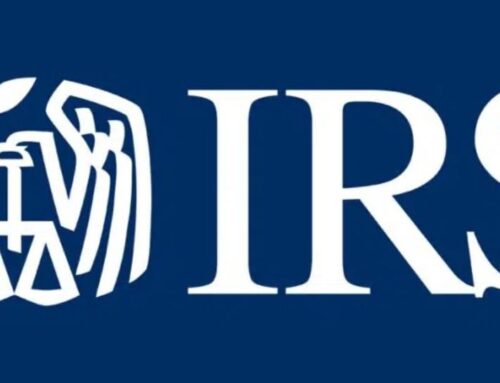All information is based on our current understanding as of the date that it is posted. Please keep in mind this information is changing rapidly – it can and likely will change. Some information becomes outdated the same date it posted. Although we will monitor and update this page as new information becomes available, please do not rely solely on this page. We encourage you to contact your Pivot CPAs advisor for the latest information.
On Wednesday night, the Senate voted unanimously in favor of the Paycheck Protection Flexibility Act. This new legislation makes key adjustments to the timeline for spending Paycheck Protection Program (PPP) funds and revises how loan recipients are required to allocate the money.
Here is a brief overview of the key provisions contained in the bill:
- Loan recipients now have 24 weeks to spend the funds. Previously, they had to use all the money within eight weeks.
- The percentage of the loan money required to be devoted to payroll expenditures has been reduced from 75% to 60%. This item does come with a new catch—if a borrower fails to spend at least 60% of the loan money on payroll, then the entire loan becomes unforgivable.
- The minimum term period for PPP loans is extended from two years to five years.
- PPP loan recipients whose loans are forgiven may delay payroll tax payments (the employer’s share of FICA payroll taxes) for two years. Half of the taxes are due in 2021 and the other half in 2022.
- The deadline for rehiring employees and restoring wages to pre-pandemic levels is extended from June 30, 2020 to December 31, 2020.
- Loan recipients have more leeway on loan forgiveness if they can provide evidence that they were unable to recall a portion of their workforce or that it was not possible to reopen their business in a way that complies with safety standards.
The bill now heads to the President, who is expected to sign it.


